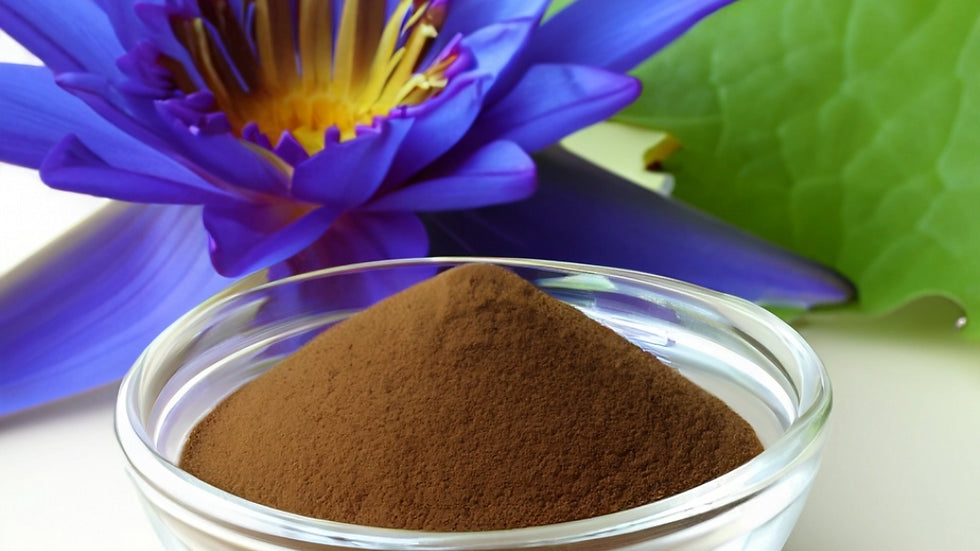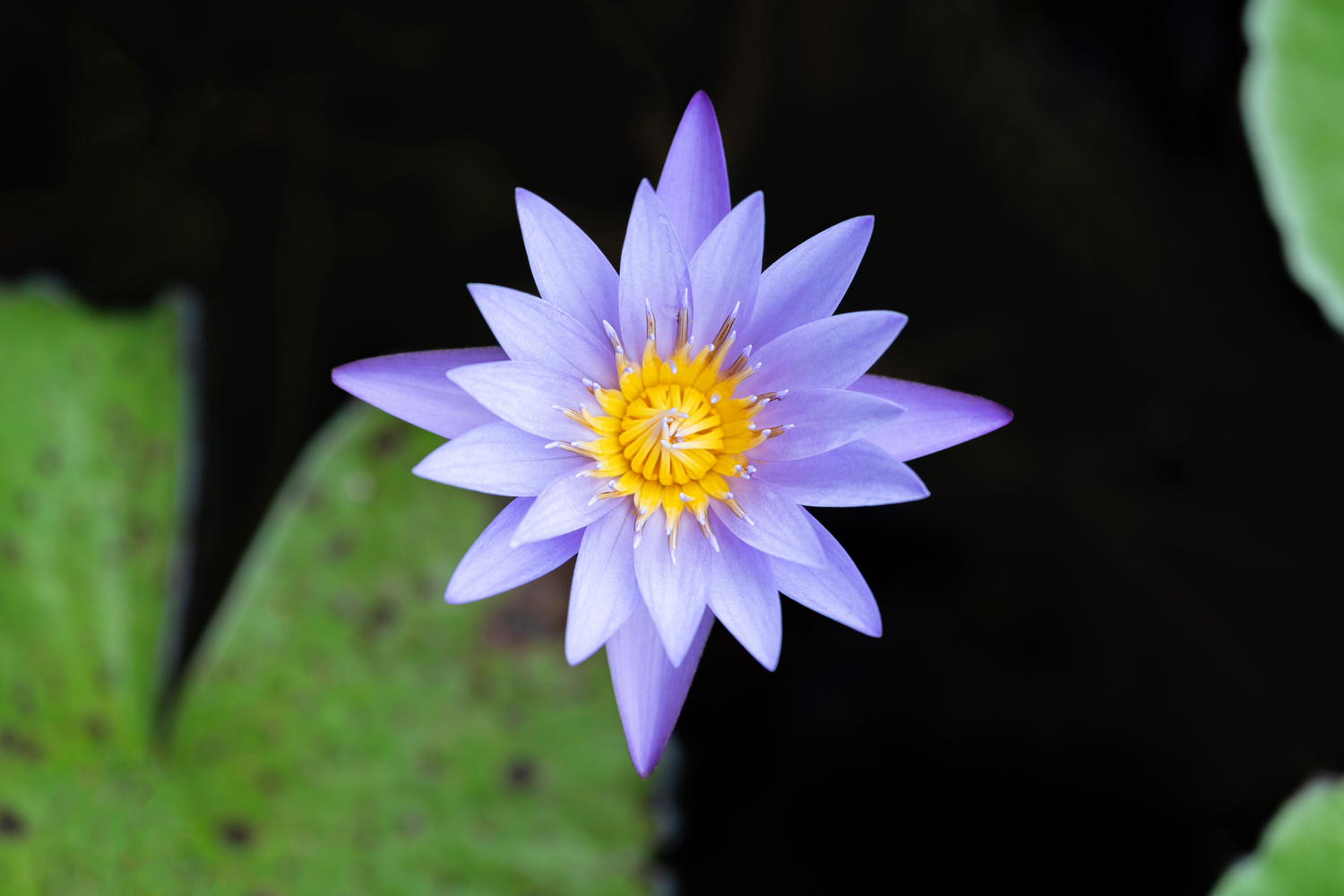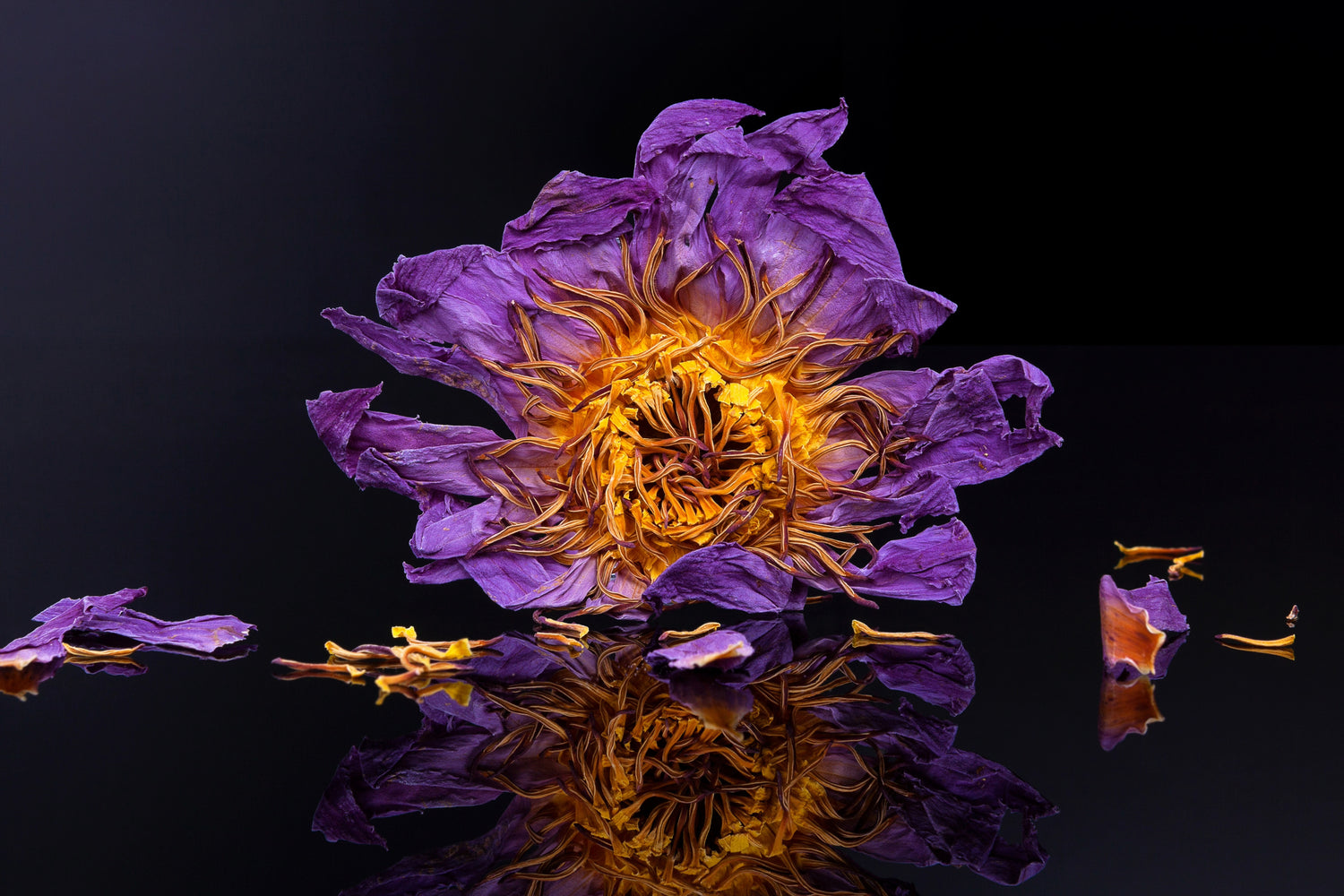
Healing Herbals
Blue Lotus Extract Powder 100:1
Blue Lotus Extract Powder 100:1
Couldn't load pickup availability
This Blue Lotus Extract is made from premium Nymphaea caerulea flowers, also known as Egyptian Blue Lotus, Sacred Blue Lily, or Blue Water Lily. This concentrated extract offers a convenient way to engage with a plant used in ancient Egyptian rituals and meditative practices for centuries.
Usage: Add a few drops to tea, juice, or other beverages, or take directly with the included dropper. Start with a small amount to find your preferred serving size.
Ingredients: Blue Lotus Extract (Nymphaea caerulea).
Disclaimer: Not evaluated by the FDA. This product is not intended to diagnose, treat, cure, or prevent any disease. Consult a healthcare professional before use.
Share

Blue Lotus Extract
I tried dissolving the lotus extract in some mct oil and wound up with a viscous goo. It worked but it was a little hit or miss since it came out as a suspension and not a solution. I tried adding water but it made it worse. If i ever get this again I'm going to have to get capsules.

Blue Lotus & Quality
Healing Herbals works closely with small family lotus farms and through sustainable and ethical
sourcing of Nymphaea caerulea. Our sources always grow organically, avoiding heavy synthetic fertilizers. Our blue lotus flowers come from well-managed farms or sustainably maintained wild ecosystems
on private lands.

History of Blue Lotus
Blue lotus, or Nymphaea caerulea, was highly valued in ancient Egypt, appearing in art, jewelry, and temple carvings. Its striking blue flowers symbolized the sun, creation, and rebirth, and it was often included in religious ceremonies along the Nile. The plant’s presence in tombs and artifacts highlights its cultural and spiritual significance throughout Egyptian history.
Over the last 2 thousand years this flower has been cultivated, bred and ecologically diversified to include several known cultivars and varieties including the Purple Thai, Egyptian Blue, and other subvarieties.

